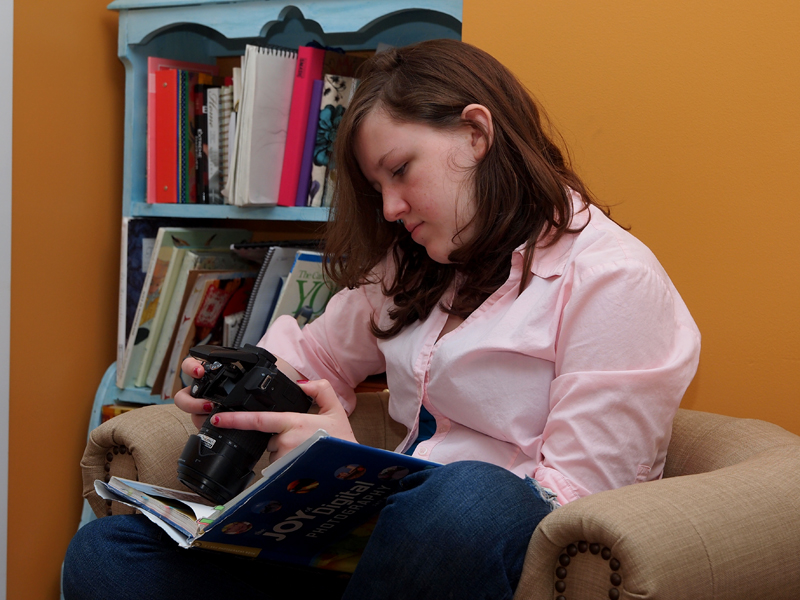Story
Second Response: The Joy of Digital Photography — Cheryl
When Jessica passed along the advice about including more than one person in a shot to introduce the concept of relationship, I balked. My mind immediately conjured images of crowd scenes: images that have traditionally left me scratching my head when trying to figure out the story the shooter had in mind when creating the image.
Then I stepped back for a moment, turned the notion over a few times, and exchanged the crowd scenes for more intimate photos: a dad helping his child ride a bike; or two friends struggling over some homework together; perhaps a whiskered old fellow cradling a new baby, while a young man stands off to the side, blinking back tears. I can see stories in images like that.
But what about photos that contain only person, or none? Those are the ones that come to my mind when I contemplate storytelling through photography. Lately, I been thinking about images that include just one faceless person, thanks to the work of Patty Maher. In fact, before I got this shot of Bridget, I tried a different pose, different props, with my daughter hiding behind her long hair. I hated the results. Talk about contrived.
Perhaps what most excited me in Jessica’s posts on Story was this:
That is the aspect of Story as input in the creative process. Twyla Tharp in her book, The Creative Habit talks about how when she is beginning to choreograph a new dance she seeks out all kinds of varied inputs; everything from art, to novels, to science becomes fodder for her to mash into something new.
How often do I seek inputs away from pictures and other photographers? Lately, not very often. Music, poetry, novels, fairy tales, prayer — all these things offer keys to unlock my mind. I just have to remember to look for them.
Even though I can’t point to many specifics, I’m sure that much of my reading material this week helped me create this image: everything from The Landmark History of the American People to Eugenie Grandet by Honore de Balzac. One specific input I can point to is Sophia Cavalletti’s The Religious Potential of the Child, for she writes at length about introducing children to Jesus the Good Shepherd, and then getting out of the way, so they can get to know Him themselves, on their own terms. Shouldn’t we be trying to do the same with photography? Shouldn’t we be offering up our view of the world, then stepping away so others can interact with the work according to their own experiences?




